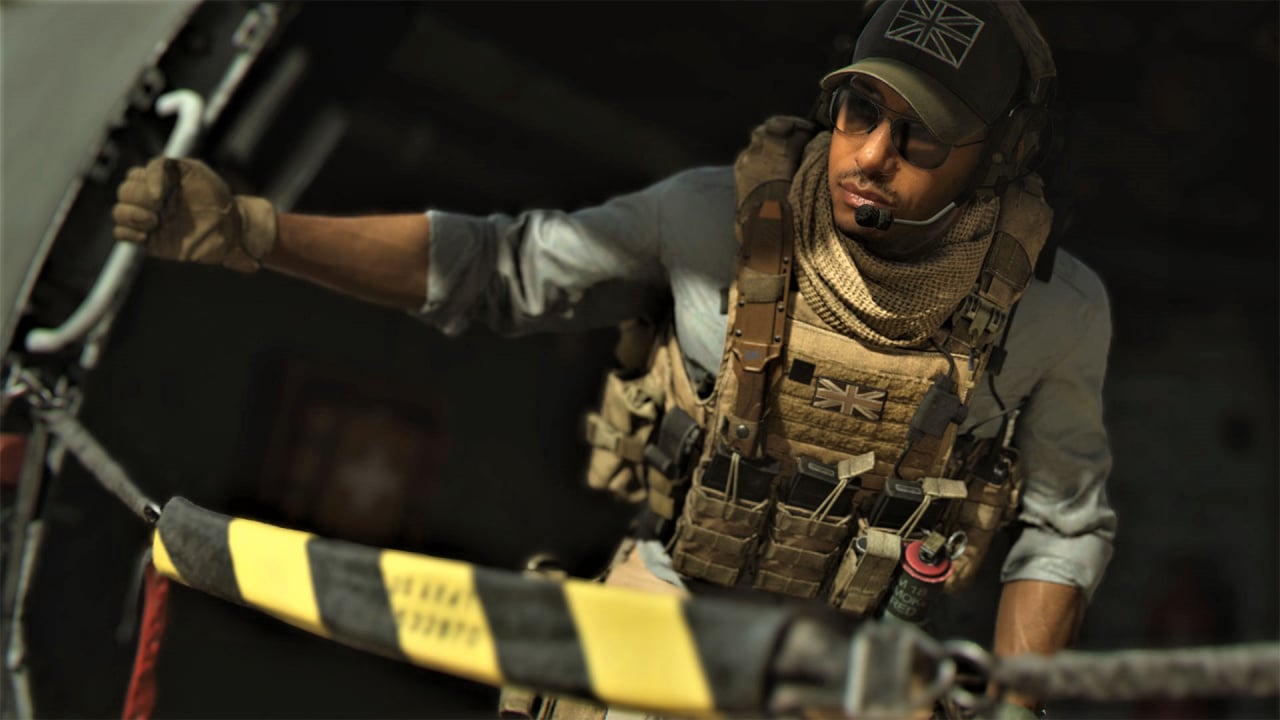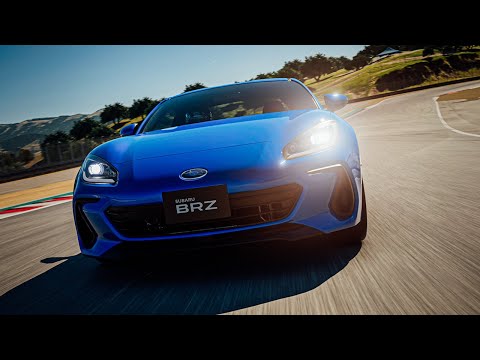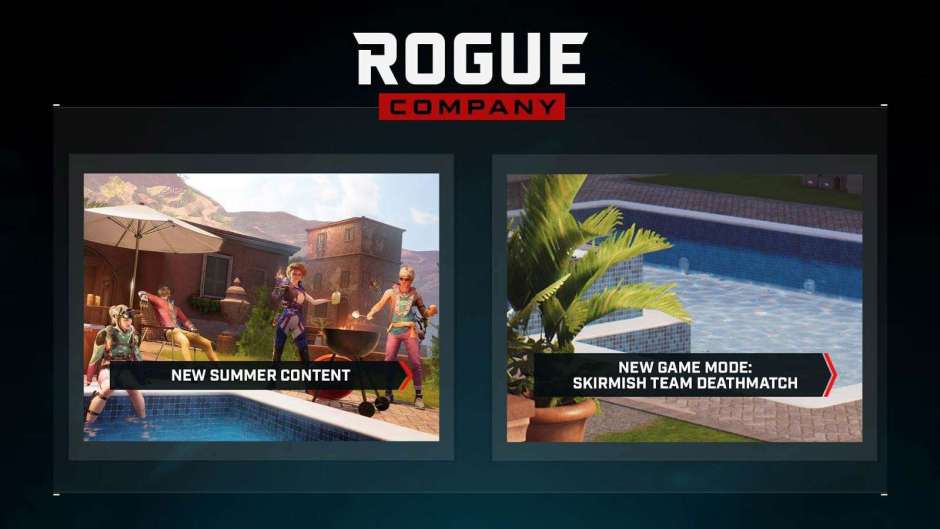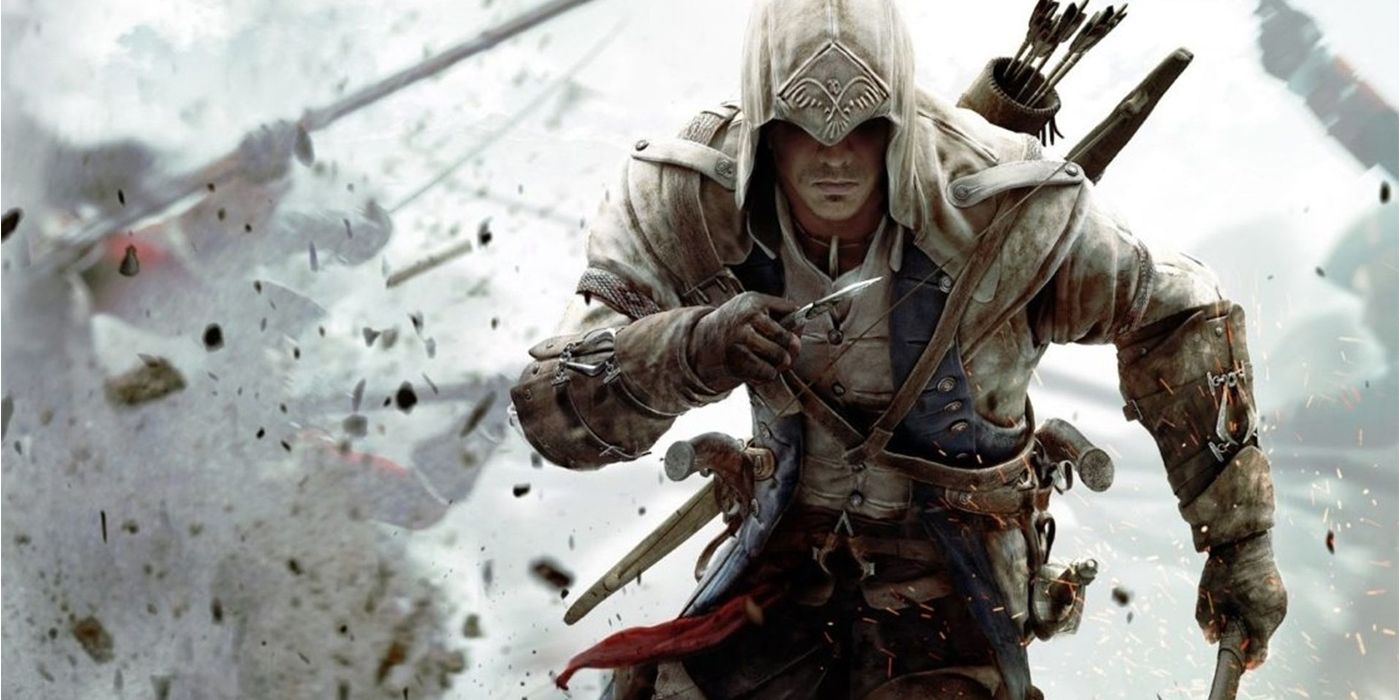
Alex Hutchinson and Reid Schneider have been around the block a few times. Hutchinson was the director of Assassin's Creed 3 and Far Cry 4 at Ubisoft, while Schneider’s time at Warner Bros. saw him oversee Batman: Arkham Origins and Batman: Arkham Knight as executive producer – and that’s just for starters. The pair also worked with Google Stadia on Journey to the Savage Planet as part of Typhoon Studios. Having just bought the Savage Planet rights back for their new studio, Raccoon Logic – something we discussed in a separate interview – they’ve witnessed firsthand how this industry has evolved over the past decade, and they haven't been impressed with everything they’ve seen.
“Assassin’s [Creed] 3 was the longest one,” Hutchinson says, recalling his time on the action-adventure stealth series. Since he’s left, the formula for Assassin’s Creed has led to each game becoming even longer, as well as the overall series seeing a complete change in genre. “It's like, 45 hours long. Looking back, if we'd had more time, trimming it down would have been something to do. It was an action-adventure game, and I can't think of another franchise that decided willfully in the middle to become a different genre. We did the last action-adventure. And that's what Assassin’s is to me.
Related: Interview: Kate Edwards On Culturalization In Gaming
“An action RPG is great. That's a great game and a valid game. But it just seems like a funny choice to me to do all that work and have something that people love and is working, and then say, ‘Actually, let's risk it all and move it over here’. So they’ve attracted a new audience that now loves it, and they're epic now. I think it was the quest for thousands of hours of gameplay. And you can't do that outside of numbers. The numbers and multiplayer give you thousands of hours, [it’s] the RPG treadmill. If you want that, it can’t be an action-adventure [game].”
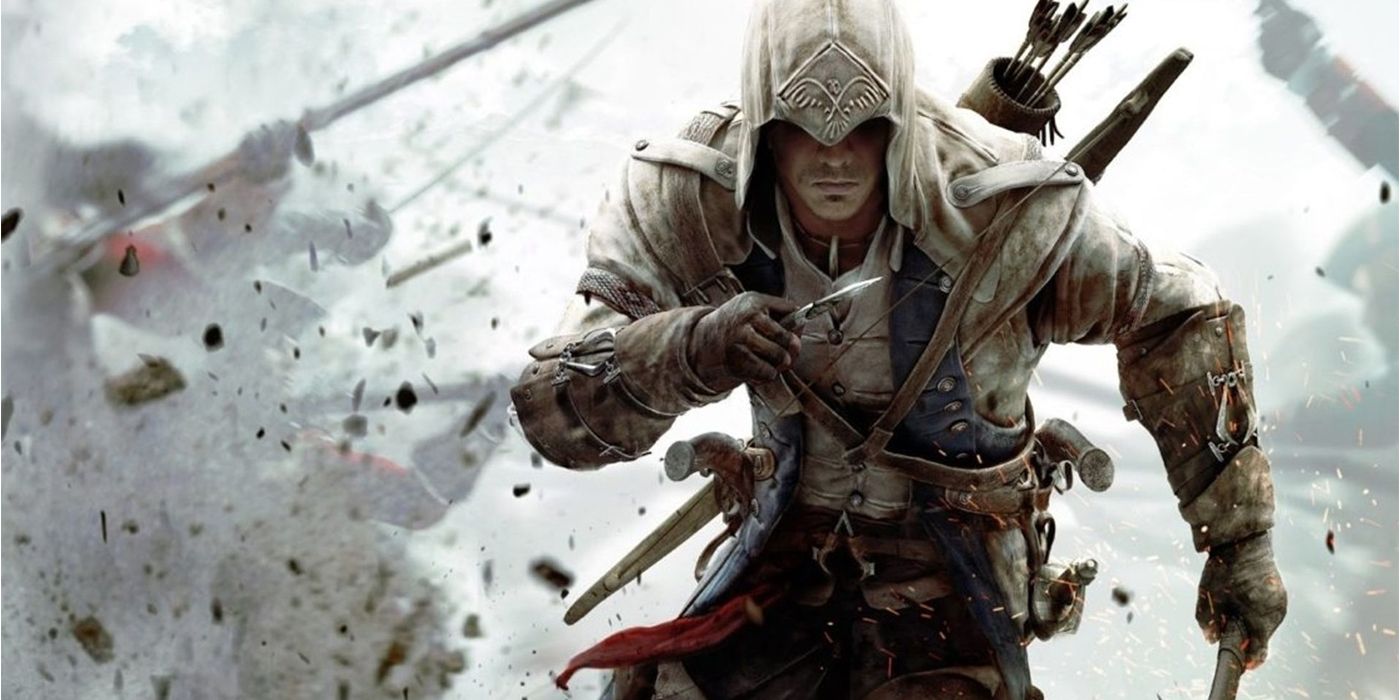
There seems to be a big split between the philosophy of the modern triple-A scene and what Hutchinson and Schneider themselves regard as important. A lot of big blockbuster hits seem to want you to play for as long as possible – the most recent Assassin’s Creed, Valhalla, takes around 56 hours to beat the story alone, with an estimated 90 required for an average playthrough and over 130 to see everything it has to offer. For Hutchinson and Schneider though, what really matters is that you reach the ending – Savage Planet needs seven hours for the story, 11 for a typical run, and just under 17 to see it all.
“You always remember the games you finished,” Schneider says. “If you think about all the games you pick up and play, you might remember them, you might not. But you really remember what you finished. And so one thing for us is, ‘Wouldn't it be cool if we could increase the percentage of people who actually finished our game?’ Alex was joking about making games for older people, but one of the wonderful ways to [increase the percentage of finishers] is have your game have a normal length – maybe it's eight, ten, 12 hours, and you feel like you got it, you had a great experience. The developers didn't shove a lot of extra padding in it and backtracking and all that kind of crap. So it's just a fun experience, and you felt like, ‘Wow, that was cool. I really enjoyed that. I hope there's more.’”
For Journey to the Savage Planet fans, you’ll have to keep hoping a little bit longer. In our full interview with Hutchinson and Schneider, they focus on the newly formed Raccoon Logic, and while they have the IP back and are interested in doing more with their “baby,” Raccoon’s first game is yet to be decided. Given what Hutchinson thinks of the typical online masses of gamers, it’s unlikely Raccoon Logic will be listening to what people are screaming about on Twitter.
“I think it does have an outsized influence, those loudest corners,” Hutchinson says. “We became the first industry to embrace customer feedback in the entertainment space, and it's bled into movies now with the redesign of Sonic the Hedgehog. But it's not a creatively meaningful, satisfying, or valuable direction to go. I think it's okay for people not to like everything all the time. I think it's sort of sad if you're desperately searching for 100 percent validation, because I can't even imagine a novel that would get that, or a movie. So I think [listening to the loudest corners] is bad. It's because the business people, who are not creative in the big companies, look at charts and spreadsheets and want justification for decisions, because they're cowards. They don't want to back something and lose, because then they get fired. And that's very bad, so they want to be like, ‘Show me the data’. And everyone asked me for this thing so that I can feel validated in agreeing with you without having to understand it.”
Both did confirm that they had listened to genuine feedback from players about the first game, and that regardless of whether or not Raccoon Logic pushes ahead with Savage Planet 2 immediately, it will be taken on board when the time comes. But the way to do that, Schneider explains, is by having conversations with actual players, rather than trying to over-analyse spreadsheets, numbers, and trends on Twitter.
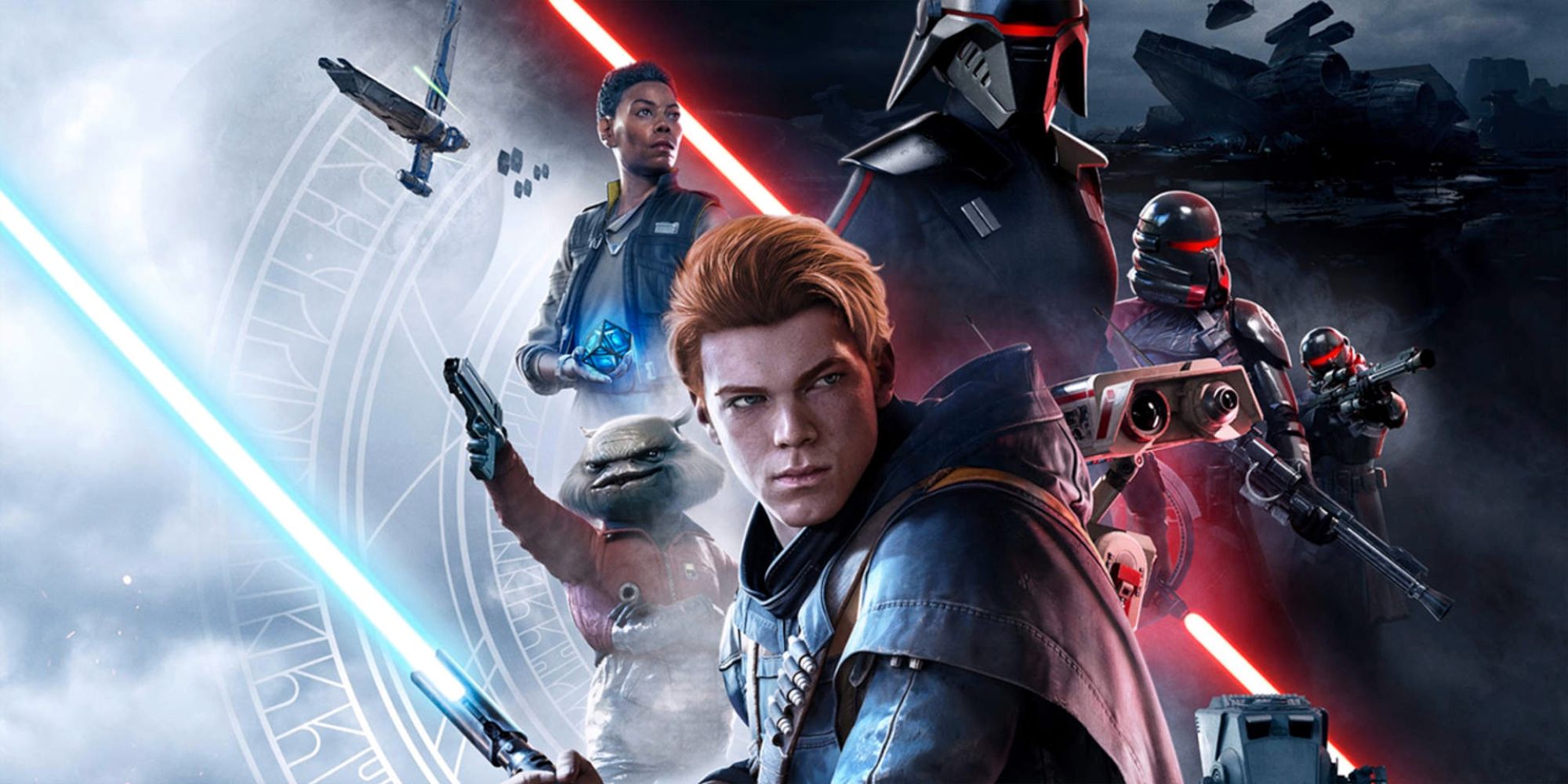
“There was a time just a few years ago where EA was saying, ‘We will only make games as a service and this and that,’” Schneider recalls. “Okay, cool. Good luck. [It was] because the data pointed to that. All of a sudden, Jedi: Fallen Order blows the doors off, like, ‘Hey, we're back with the single-player!’ and you’re like, ‘Well, that wasn’t so surprising.’”
Another problem some longtime players have with the triple-A scene, on top of the bloated runtime and data-driven direction currently governing large-scale design, is the medium’s desire to be seen as playable movies, or adjacent to movies, or worthy of the same artistic respect as movies. With Hutchinson and Schneider both key to Journey to the Savage Planet’s identity as a game, with all the silly bells and whistles only a game can bring, they seem like the odd ones out amongst the other creative directors and executive producers of the industry.
“Trying to replicate another medium is ignoring the strengths of our medium,” Hutchinson says. “Obviously, interactivity and player choice, that's fun. And so the more you try to tell a traditional story, the more you have to suck out players, and be linear and hit beats, and narrative peaks and valleys. You're always doomed to make a big movie. I have a friend who asked, of all people, John Cleese, if you could do a Monty Python comedy game, and he said, ‘No, because it's all about timing’. And the thing you're not in control of in a video game is timing. Like, did you go for lunch? Did you pause? Did you look the wrong way when I told the joke? If you embrace that, it's fun and exciting. And if you are frustrated by it, then you should be making a movie.”
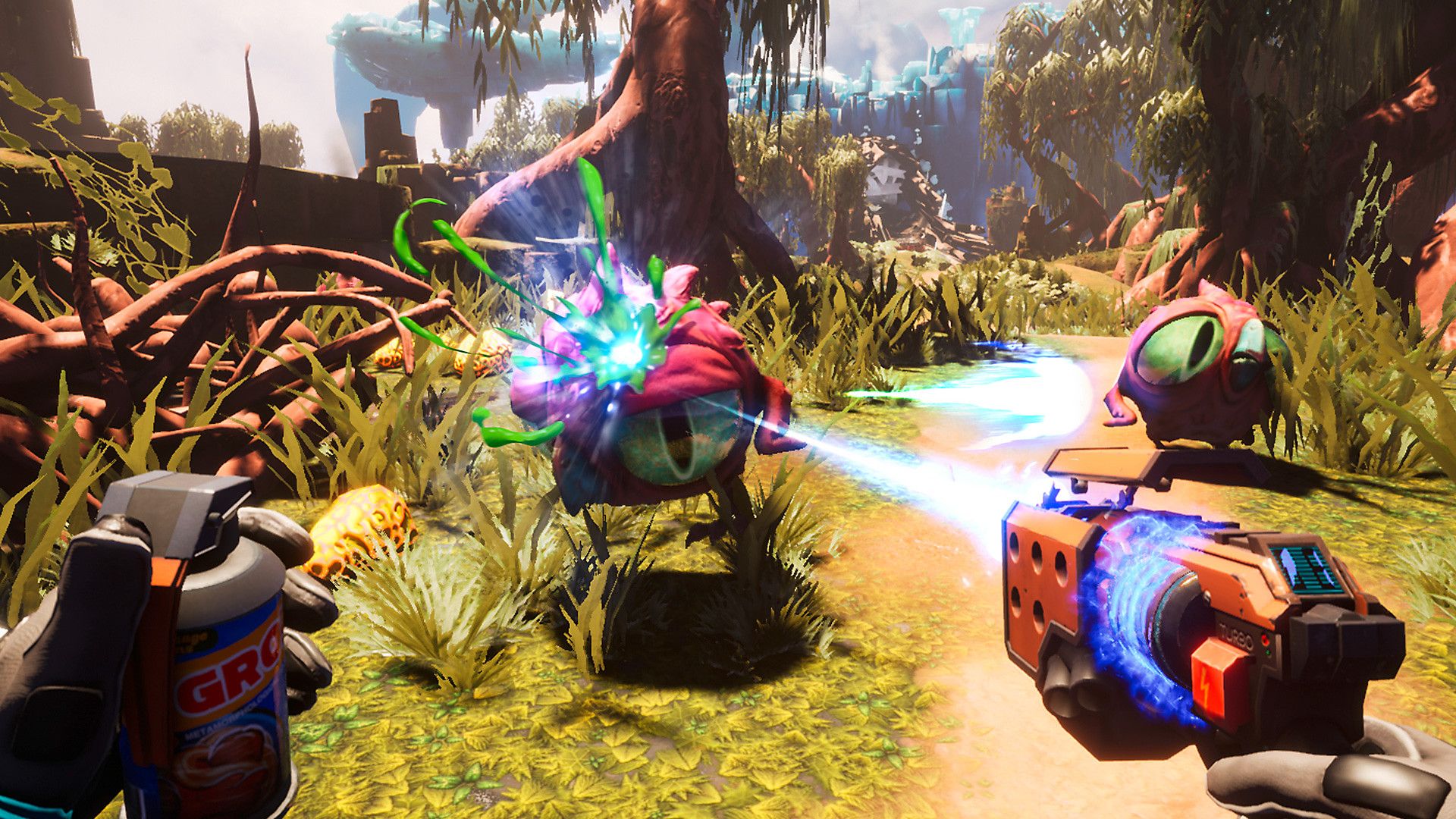
Schneider agrees, adding that any game that tries to be a movie is doomed to be “a B-movie, which is never gonna be as good as a movie.” You might point out, at this time, that Journey to the Savage Planet itself included many live-action scenes. While you couldn’t in good faith accuse the game of trying to be a movie, live-action might seem at odds with what Hutchinson and Schneider are saying here.
Schneider has an answer to that though. “We realised on the first one we didn't have money to make cinematics,” he laughs. “So I guess we're gonna go shoot live-action, because it’s all we can afford. It ended up turning into something that people really responded to well, so I couldn't see a world where we say, ‘Let's go full CG. Let's throw money at this’ versus ‘Let's embrace the ridiculousness of the whole thing’.”
Though not by design, it’s an example of how smaller budgets can inspire creativity. “Big budgets are the enemy of innovation and risk,” Hutchinson says. “Once you're spending $100-150 million, people rightly get very worried. They want to double check, triple check everything and anything that looks challenging or dangerous – and I mean that in a good way, dangerous. They'll try to shave off the rough edges or the sharp edges. We wanted to get back to sort of spicy, loud, brash games.”
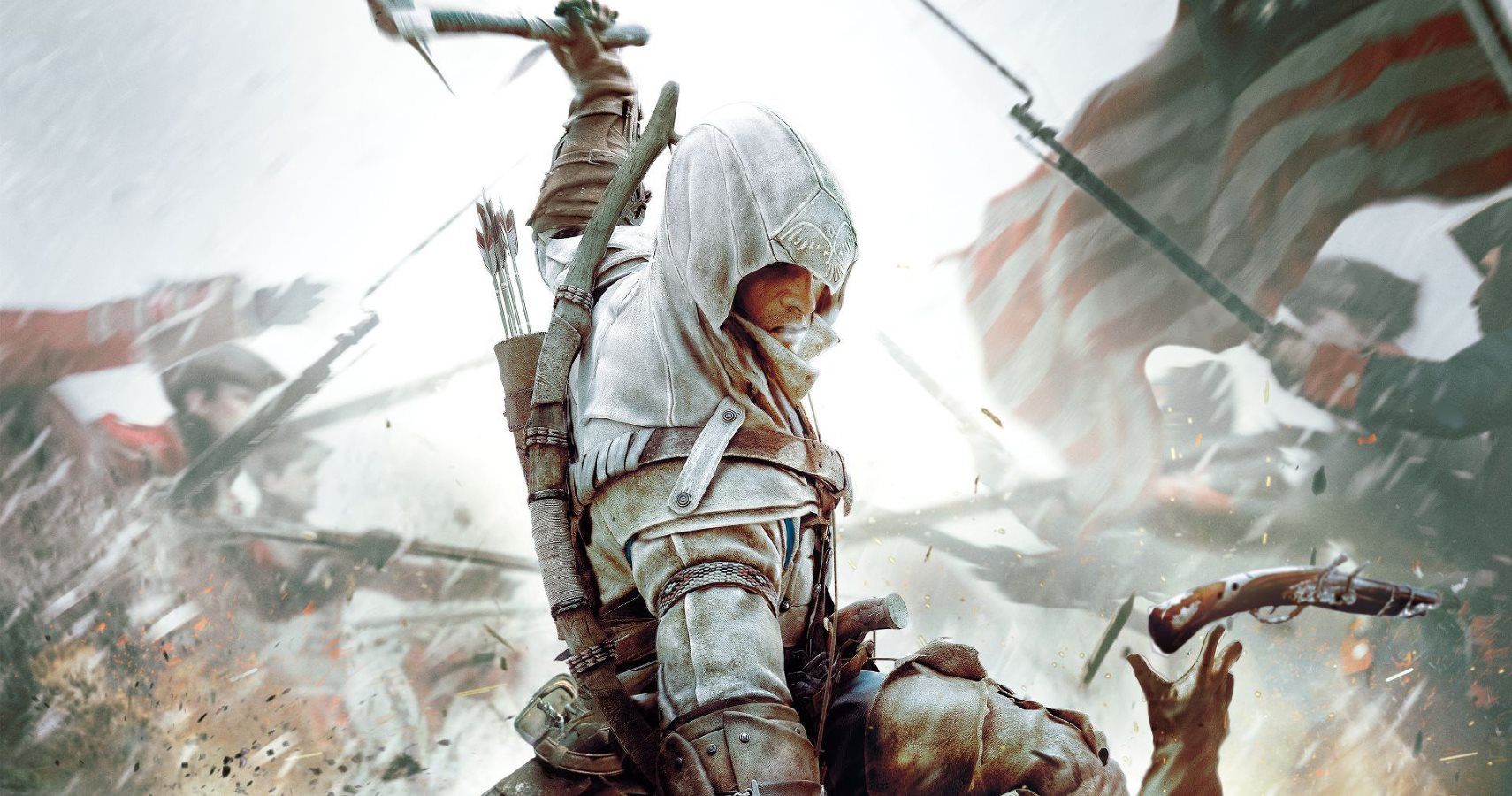
Hutchinson sees similarities with this risk-averse budgeting in Hollywood, and contrary to what you might expect, thinks the safest way to make a game is to spend way too much money on it – even though this means losing the potential to innovate. “Ironically, spending $40-70 million is very risky in the modern movie world, but spending $600 million is not. They can make this homogenous superhero fare for 600 and be guaranteed a return. But those sort of mid level, unusual movies are much riskier, and the gaming industry is a bit the same, where these mega franchises can reliably pull in players with polish, and visual fidelity, and [see a] return. Then the uber indies can pull in a return because there the barrier to profitability is so low. And then there's this dangerous middle ground, which we're still targeting – you want to spend a bit but not be a micro indie, and at the same time be something different that the triple-A doesn't offer.”
Next: Don’t Sleep On Ghost Of Tsushima: Legends
